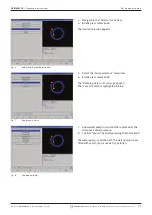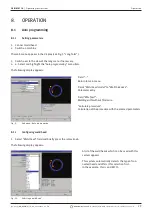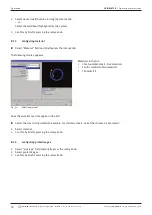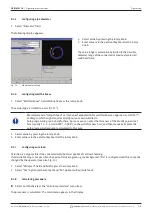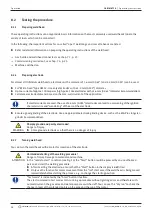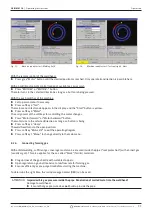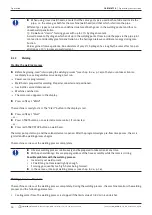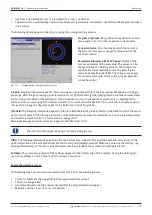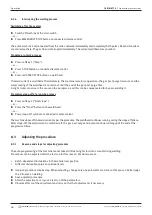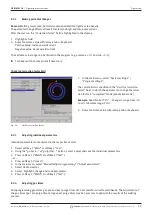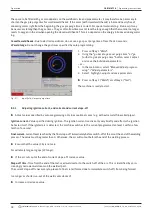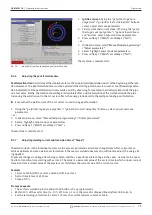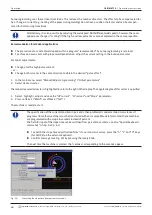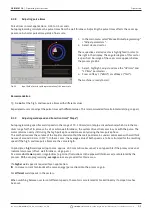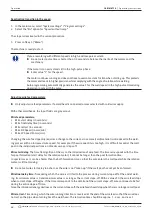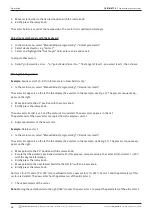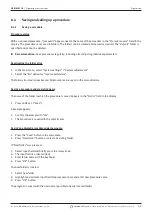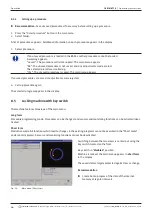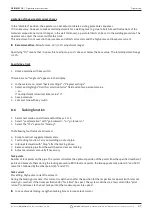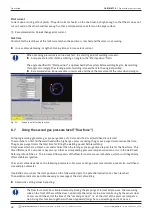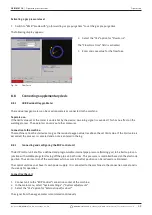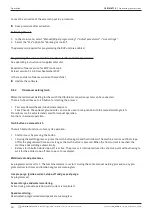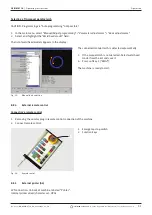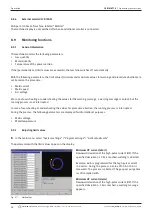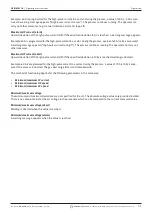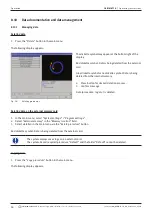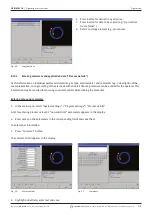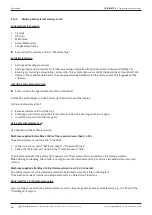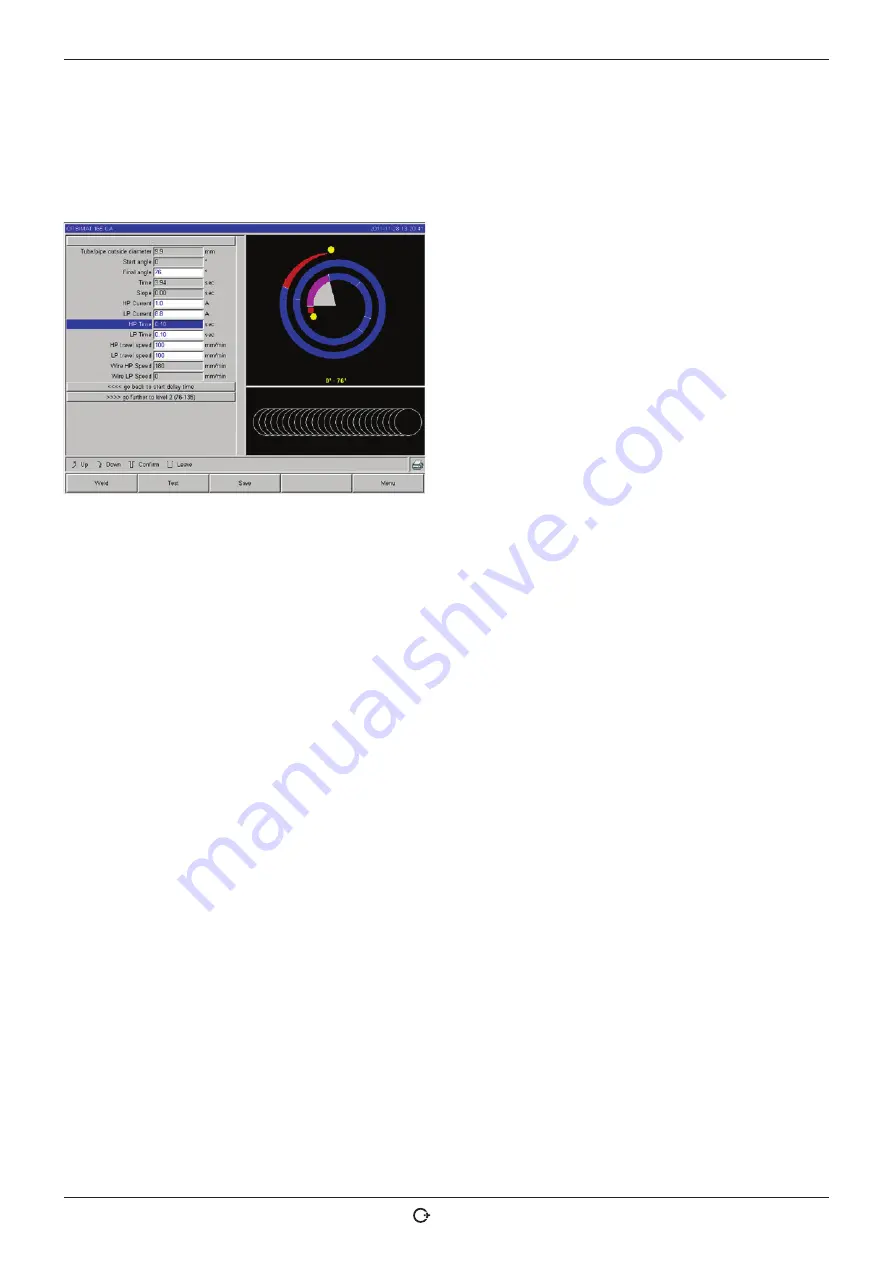
ORBIMAT CA
| Operating instructions
Operation
(09.03.15) OW_ORBIMAT_CA_BA_871060202_04_EN
orbitalum tools
GmbH, D-78224 Singen, www.orbitalum.com, Tel. +49 (0) 77 31 792-0
41
8.3.8
Adjusting pulse times
Pulse times in most applications: 0.05 to 0.5 seconds.
Auto programming calculates the pulse times from the wall thickness. Adjusting the pulse times affects the seam ap-
pearance: A shorter pulse time yields a finer scale.
1. In the main menu, select "
Manual/Adjust programming
"
> "
Adjust parameters
".
2. Select desired sector.
The respective selected sector is highlighted in color to
the right in the display. The angular degree of this sector
is specified. An image of the seam scale appears below
the process graphic.
3. Select, highlight, adjust and save the "
HP time
" and
"
LP time
" parameters.
4. Press softkey 1 ("
Weld
") or softkey 2 ("
Test
").
The machine is ready to start.
Fig. 20:
Input field of a sector with representation of the seam scale
Recommendation
[
Do
not
set the high- and low-pulse times with different values.
Experienced users can adjust the pulse times with different values. This is recommended for certain materials (e.g. copper).
8.3.9
Adjusting weld speed and transition time ("Slope")
Auto programming specifies weld speeds in the range of 70 - 100 mm/min (at pipe circumference) which lie in the me-
dium range for the TIG process. As of a certain wall thickness, the system drives the motor in sync with the pulse: The
motor remains nearly still during the high-pulse phase and moves only during the low-pulse phase.
This method reduces the volume of the liquid material so that the melt pool remains under control even with wall thick
nesses of around 4.0 mm (0.157"). In these cases, the average value of both speeds is to be calculated for the resulting
speed if the high- and low-pulse times are the same length.
In principle, a
high
weld speed (up to max. approx. 200 mm/min makes sense) is only possible if the process does not
indicate tolerances (offset, wall thickness, air gap etc.).
At a somewhat
lower
speed, irregularities (e.g. minor fluctuations in the pipe wall thicknesses) are tolerated by the
process. With auto programming,
average
values are provided for this reason.
If a
higher
weld speed is required for an application:
X
Increase current to introduce the same energy (per section) into the process again.
For
different
weld speeds in the sectors:
When switching between sectors at different speeds, the motor is accelerated or braked linearly if a slope time has
been set.

